Sasha Velour talks Drag Race season 10, trans queens, and losing her mother to cancer
The Drag Race season nine winner is supporting Macmillan's Brave the Shave campaign.
By Will Stroude
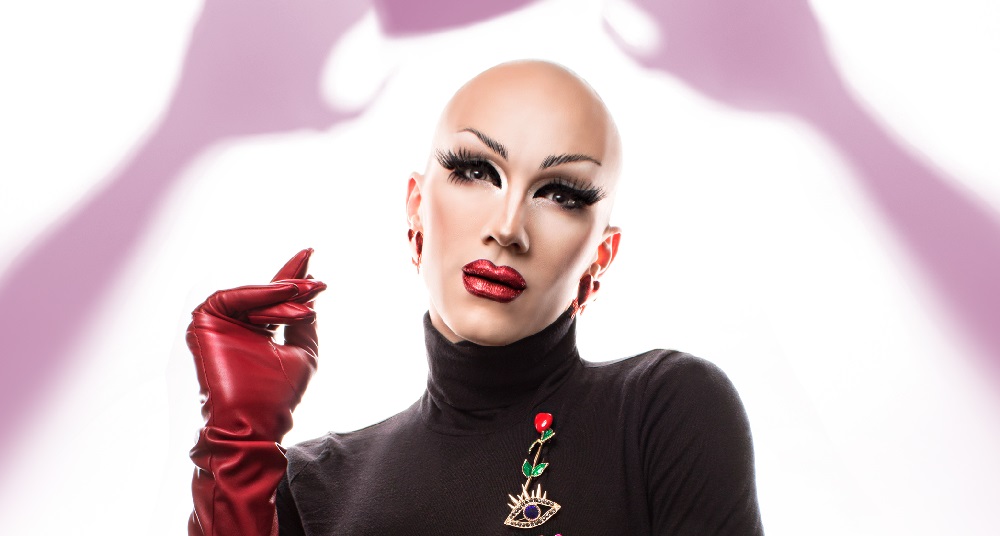
Fresh off her performance in Nightgowns, a Brooklyn-born drag show that made its first appearance in the UK earlier this month, Attitude’s Joseph Ryan-Hicks speaks to RuPaul’s Drag Race season nine winner and (drag) queen of our hearts Sasha Velour.
Sasha spilled the tea on her fabulous new short film series One Dollar Drags and why she’s supporting Macmillan Cancer Support’s Brave the Shave, a campaign which sees supporters shave their heads to raise vital funds for people with living cancer.
It has recently been announced that you are working with Macmillan for the Brave the Shave campaign. What made you choose to support this particular campaign?
Supporting cancer charities is very important to me and my family. My mom, who passed away from the disease, was really invested in supporting cancer charities and finding new treatments and cures. One of the things that happened towards the end of her life was that they ran out of successful treatment options for her type of cancer, and so having money go in to the funding of that is so important to me.
When I think about support for cancer it has to be so much more than performative or emotional actions. Reading in to how much Macmillan has done, for example raising £5 million through Brave the Shave last year, is amazing and I’m so excited to support them in any way that I can.
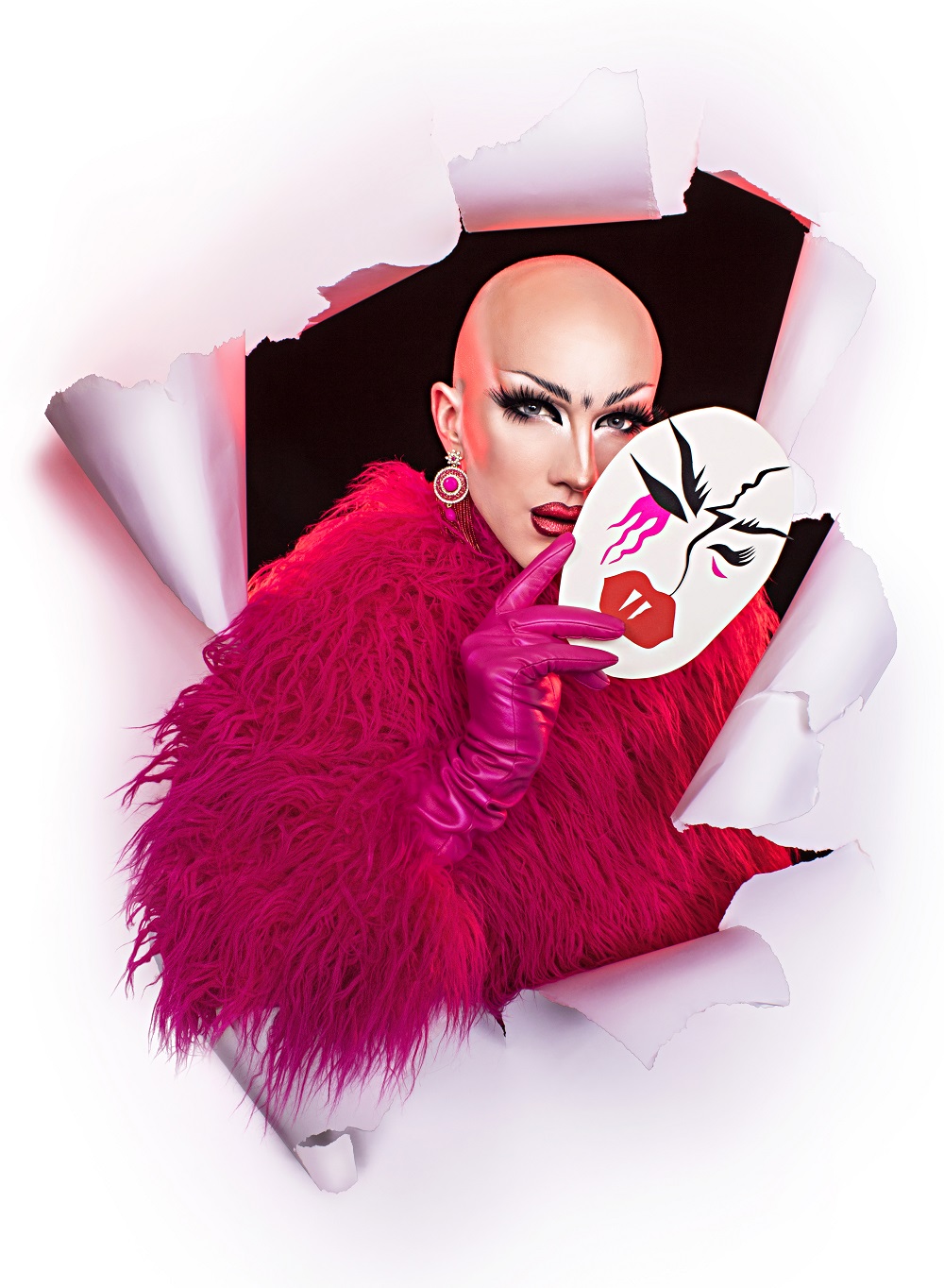
Shaving one’s head can be a daunting prospect. Why do you think people should brave the shave?
There’s a bunch of reasons. It’s a big deal for people to shave their head, so it starts people talking about the research and the kinds of campaigns that are happening to support cancer. It can never compare to actually losing your hair because of chemotherapy treatment – people who go through it find that being bald is a really challenging part of the treatment.
I know that for my mom, she was constantly afraid of being looked at as being sick or having cancer. For a while she was very afraid of what people would think of her. If we can make our world full of people saying, “this isn’t scary, this isn’t unappealing, this is a beautiful part of life”, and we celebrate people no matter how they look, then I think it creates an environment where people who are dealing with cancer and who are trying to stay strong can feel good and can feel like they are supported by the people around them.
As someone who routinely shaves their head, have you noticed a difference in the way people perceive you day-to-day without hair?
Yeah, I mean, I shave my eyebrows for drag as well (laughs) so there have been many times when I can tell people are looking at me wondering if I have cancer and that is a very interesting experience. Cancer is something people are afraid of and hopefully these discussions can help create a more engaged and knowledge-based society.
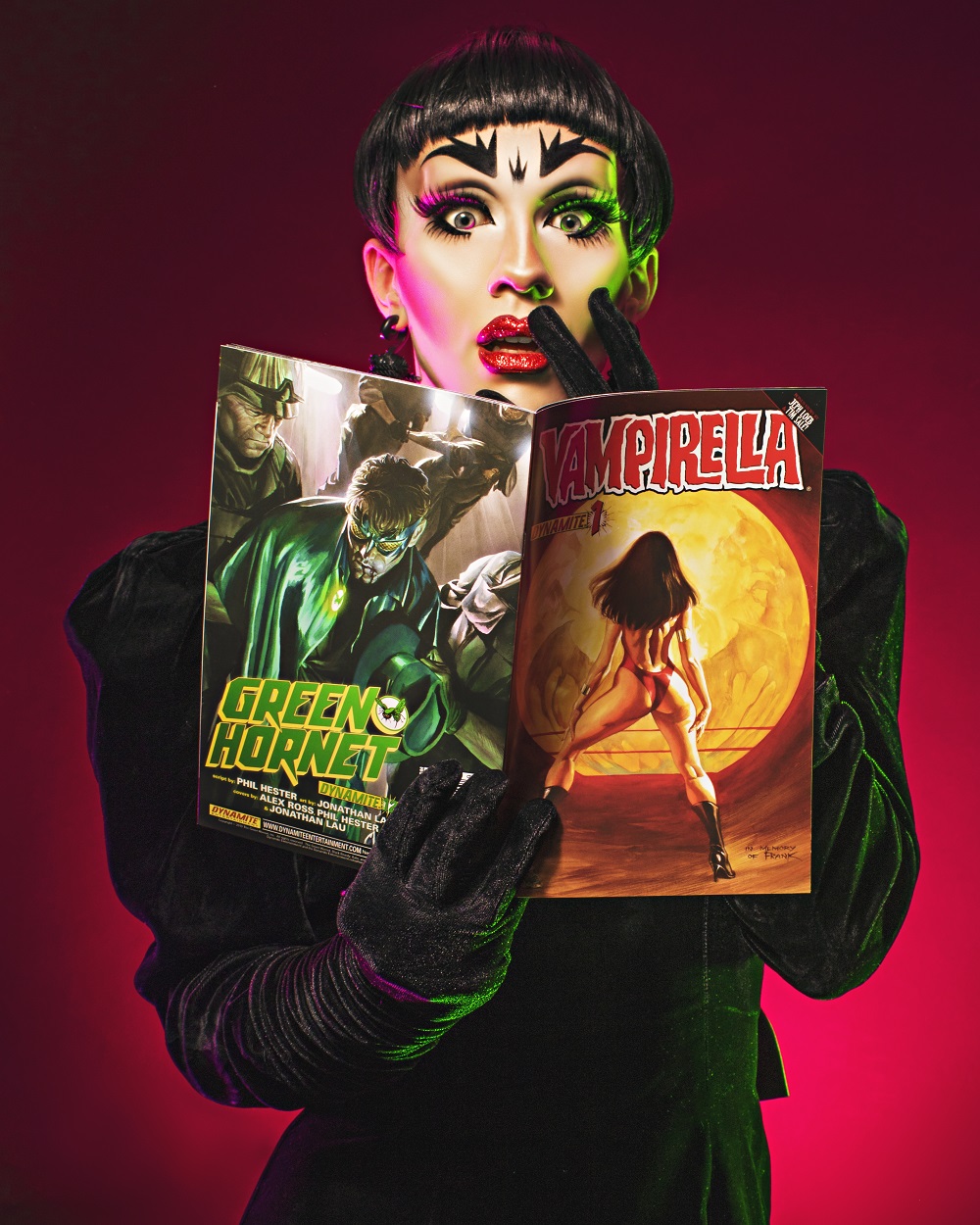
Drag is all about accentuating the physical form and hair in particular is an integral part of the “look” for many queens. What was behind the decision for you to incorporate your shaved head in to your act?
I’ve always said that I don’t think drag is in the “look” – the heels, the nails, or anything except the fabulous attitude and some kind of drama in your style. I love the way being bald looks and it was very inspired by my bald mom and how fabulous she looked even while bald. I think she really learned over several years of going through treatment that she could look beautiful, stunning and glamorous however she wanted to dress with her completely bald head and no eyebrows.
I’ve really tried to embrace that because I can see, not just for people who have cancer but for people who look different for all kinds of reasons, it’s so important to have the message that you look fabulous no matter what anybody says.
Is it an artistic decision behind whether you choose to wear a wig or not, or does it just depend on your mood?
Yeah, it’s all about the visuals for me. I love creating a character with each of my looks. Sometimes my characters need to have hair, sometimes they need to have outlandish headpieces, or sometimes they just need to have a simple shining white head [laughs].
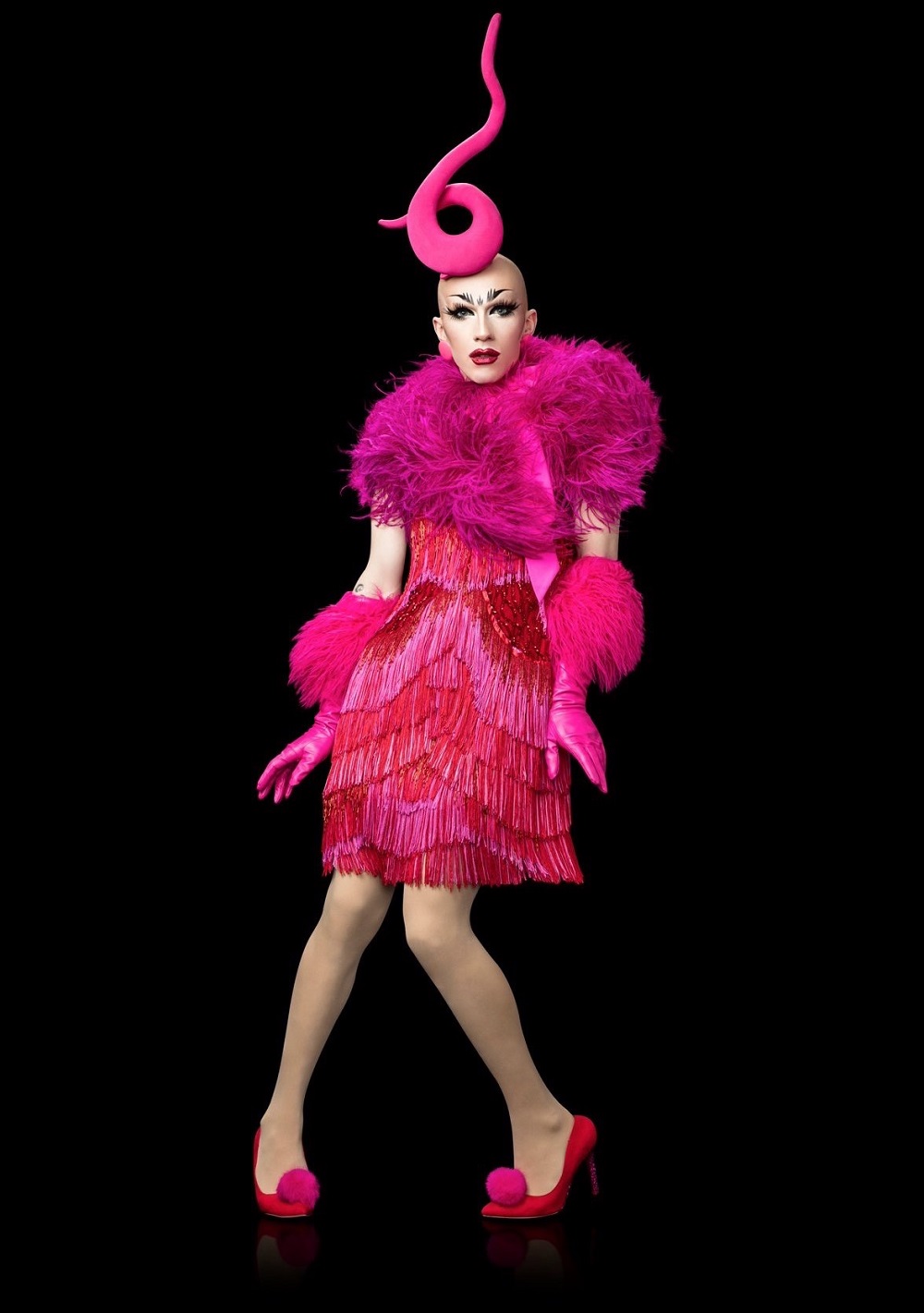
On this season of Drag Race we saw Dusty Ray Bottoms advised to tone down her signature “spots” by Michelle Visage. What is your opinion on this, and queens in general being critiqued in this way about their signature aesthetic?
The point to me is to not be too essential about your drag character because drag encourages people to see themselves as fundamentally free. Free to try different styles, free to change and free reshape your identity as you choose. To be super-wedded to one specific aesthetic choice is very contrary to the heart of drag. I’ve seen many drag performers who have a very specific style go in a completely different direction and that’s fabulous because seeing their take on different styles of beauty is inspiring.
I think that perhaps what was being said to Dusty was to make sure that she showed a wide range of different styles. The truth is, whenever she wants to she can do her fabulous signature spots and obviously she’s inspired so many people with them. I’ve seen many people trying them out. I think people should never feel like they have to hide their signature uniqueness. You should feel like you can have as many signatures as you want.
Do you have a favourite queen or moment from this season of Drag Race?
Oh my gosh, I can’t possibly choose one! I’m loving all of them. They’re each very unique.
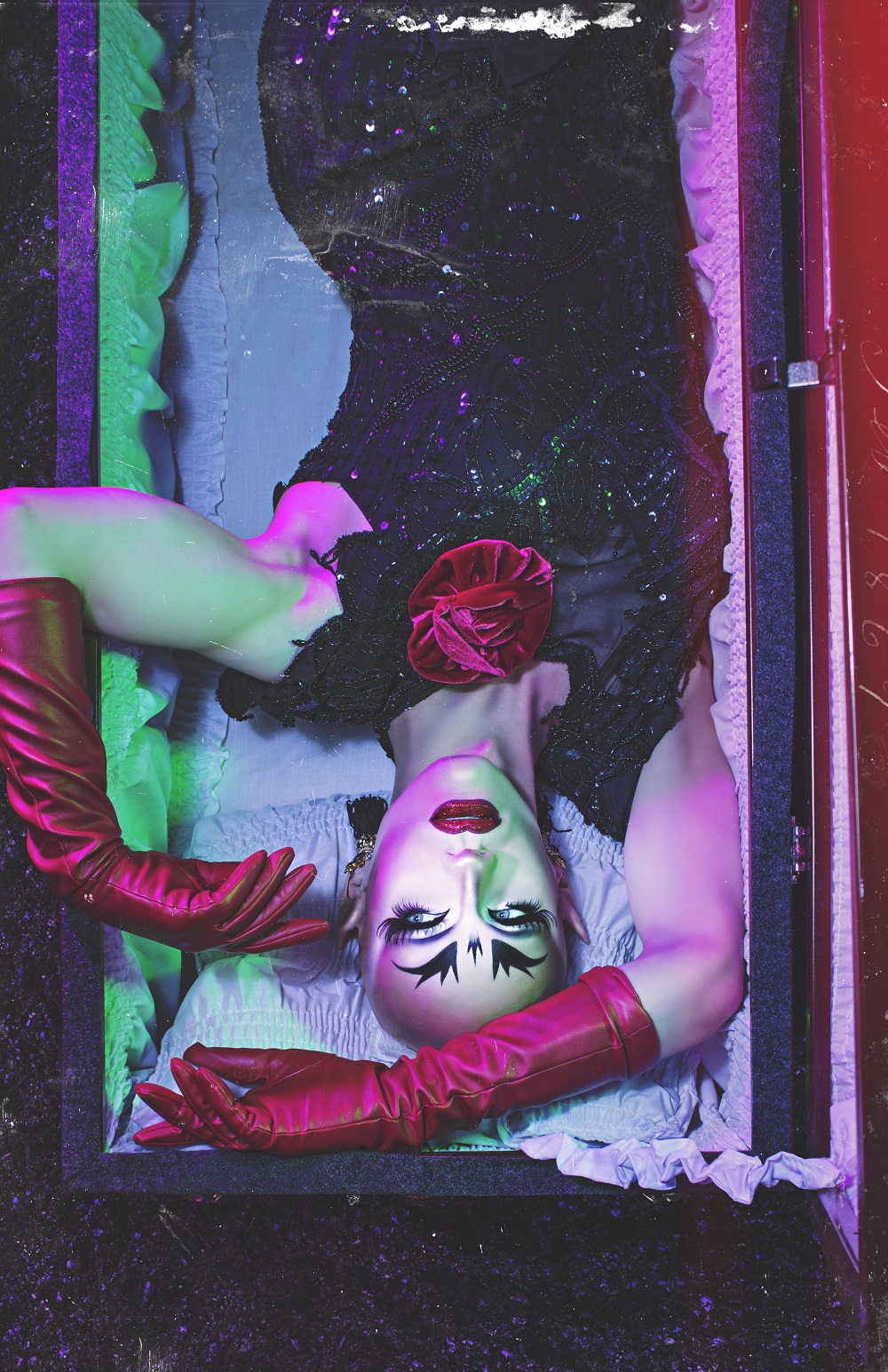
What is your opinion of RuPaul’s comments in March about not letting a transgender queen compete on the show?
Anything that I’m going to produce in the world of drag, like my magazine or my show, is not just going to include trans people but is going to centre them because trans women have been at the heart of drag since the beginning. To my mind it’s just impossible to take those people out of the drag community or to shut doors in their faces. I will never do that in my work. That’s the community that I came from and that’s the community that I want to see uplifted. Maybe it’s time to have more of a variety of what kinds of television programmes and movies are available showing what drag? I hope that I can play a role in creating things that people can enjoy that show a wide range of drag. I have nothing but respect for RuPaul. That being said, it doesn’t have anything in common with my understanding of the drag community.
Have you enjoyed brining Nightgowns, your theatrical show, to UK audiences?
Absolutely. When I came to the UK in February, every single night people would mention Nightgowns to me. To me it’s still a neighbourhood drag show from the heart of Brooklyn and the fact that people here are excited about it so, so amazing. One of the things about Nightgowns is that it celebrates how many different types of drag there are.
It has a much broader cast than anything you could see on television in terms of drag representation. People want to see trans folks doing drag, or women doing drag, and that’s what Nightgowns celebrates. Hopefully it can have a second home over here because I think that the drag community and the queer community in the UK is really down for the same kind of mission and I’m so excited to get to know the performers here even better.
[UK fans] are some of my favourites in the world. It’s so bizarre to me that people here, across the ocean, even know who I am. People are so loud and so loving. There is so much kindness and warmth over here. It’s really incredible.
You recently released the first instalment of your One Dollar Drags short film series, “Pirate Jenny”. What made you want to want to venture in to the world of short film?
I’ve always loved film and it has been something that I have desperately wanted to try but never had to opportunity to until now. It was such a pleasure to work on and I’m so excited to do more. We’re trying to make sure that all six films are completed before the end of the year. Each film has its own aesthetic and genre. The next one is filmed in a kind of 60s Bob Fosse “Sweet Charity” style. It’s my take on drag in New York in the 60s and the revolutionary energy and tensions that were brewing in the community at this time. All interpreted through dance of course (laughs). It’s going to be crazy.
Finally, what do you think the future of drag looks like?
I don’t think that the future of drag is in any single person. The future of drag is in the kind of community that we create for ourselves. I hope that the future is one in which drag performers occupy a large, visible and important space within society. Each and every drag performer that I know has an important message that people need to hear and I just hope that the people who have access to these platforms are diverse. Different ages, bodies, genders and races because that’s the soul of drag. That has to be our future.
Find out how you can get involved with Macmillan Cancer Support’s Brave the Shave at bravetheshave.org.uk
Interview by Joseph Ryan-Hicks. Photography by David Ayllon.
